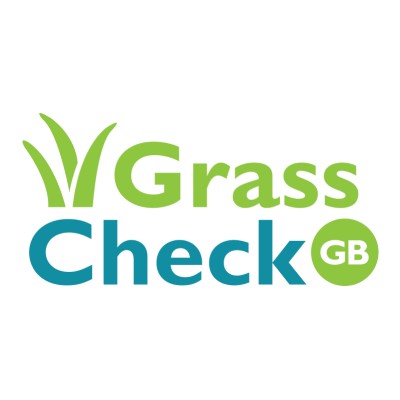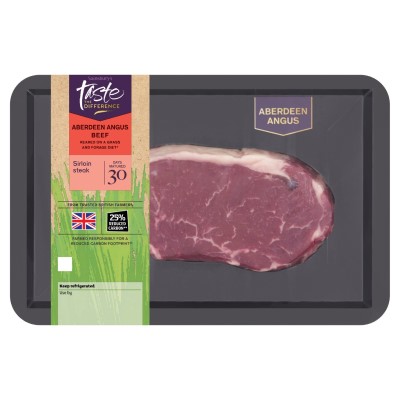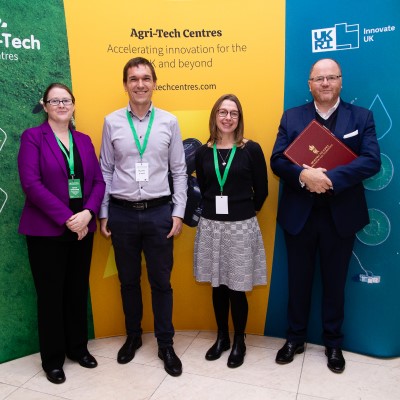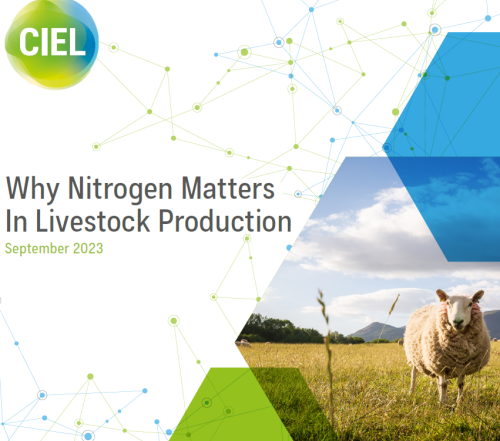CIEL | Plans to continue rotational grazing over winter
Andrew Brewer – recently awarded Grassland Farmer of the Year at the British Farming Awards – considers himself lucky to have grass growth all year, so has tailored his farming system to make best use of its availability and quality.
Farming at Ennis Barton near Newquay in Cornwall, he aims to farm to his competitive advantage – something he says is key to managing risk and maintaining profitability. This involves rotational grazing over winter, just as it does through summer.
Calving in an autumn block, his 450 Friesian x Jerseys produce 6,500kg at 4.85 per cent fat and 3.85 per cent protein, most of which comes from grazed grass or forage, with only 600kg of concentrates fed per cow per year.
He says: “We get good winter grass growth and quality just when we need it for autumn calving, but when the crop heads and becomes stemmy in summer, our cows are dry. That’s when they need the extra fibre.”
Over the winter, he aims for 6kg/day dry matter intake (DMI) from grazed grass, with a further 2.5kg DMI from grass silage, 2.5kg wholecrop barley and 5kg of concentrates.
The wholecrop was a new introduction this year, whose success has been seen in a decrease in cake use of around 100kg per cow per year, despite the drought-induced fall-off in grass yields. These are typically around 14 tonnes DM/ha but are projected to have dropped by 2t DM/ha this year.
Other measures taken to increase milk from home-grown forage include growing mixed species swards including red clover, plantain, yarrow, Timothy and Cocksfoot, these either adding nitrogen or, with their deep-rooting ability, mitigating against drought.
As a participant in GrassCheckGB, Mr Brewer regularly analyses his swards, and has found that in this year’s conditions, mixed swards have produced higher quality forage.
“Our target metabolisable energy (ME) is 12MJ/kg DM for perennial ryegrass but this dropped below 10MJ/kg DM in August,” he says. “But the mixed species swards have withstood the drought better at an ME of over 11MJ/kg DM through the growing season.”
Today, as winter approaches, maintaining grazed grass intakes and quality over the months ahead will involve adhering to planned grazing rotations.
He says: “Being in Cornwall, we have good soil temperatures throughout the year and they’ll regularly be 10°C in January.”
This means if paddocks were closed too early in autumn, opening covers would be too high, swards would rot at the base over winter and could be difficult to maintain through to spring and beyond.
Instead, around 1/100th of the farm will be grazed every day through the winter, even if only for three hours a day. Target entry covers will be 2,800-3,000kg DM/ha, just as they are through most of the year.
“Planning for what’s ahead has been one of the most useful elements of participation in GrassCheck,” he says. “The programme has allowed us to improve our management, to withstand the volatile climate – both actual and political – and to help us become more resilient.”








